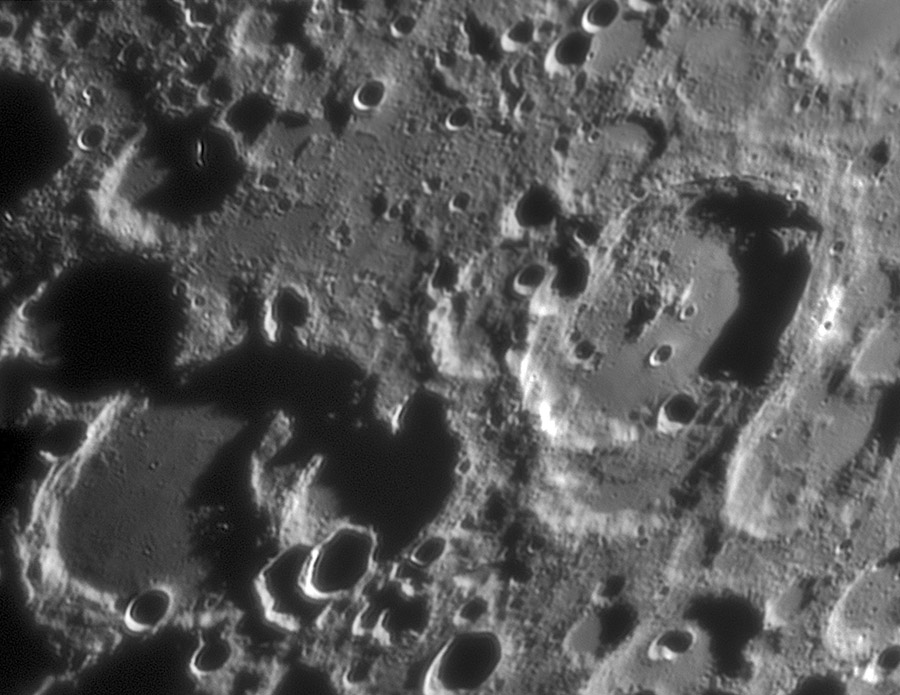Difference between revisions of "June 19, 2013"
| Line 1: | Line 1: | ||
__NOTOC__ | __NOTOC__ | ||
=Still Fighting Old Wars= | =Still Fighting Old Wars= | ||
| − | |||
<!-- ws:start:WikiTextHeadingRule:0:<h1> --> | <!-- ws:start:WikiTextHeadingRule:0:<h1> --> | ||
<!-- ws:start:WikiTextLocalImageRule:6:<img src="/file/view/LPOD-Jun19-13.jpg/438732420/LPOD-Jun19-13.jpg" alt="" title="" /> -->[[File:LPOD-Jun19-13.jpg|LPOD-Jun19-13.jpg]]<!-- ws:end:WikiTextLocalImageRule:6 --><br /> | <!-- ws:start:WikiTextLocalImageRule:6:<img src="/file/view/LPOD-Jun19-13.jpg/438732420/LPOD-Jun19-13.jpg" alt="" title="" /> -->[[File:LPOD-Jun19-13.jpg|LPOD-Jun19-13.jpg]]<!-- ws:end:WikiTextLocalImageRule:6 --><br /> | ||
| − | <em>image by [mailto:antoniolasala@astrogea.org Antonio Lasala García,] Morata de Jalón, Zaragoza, Spain</em><br /> | + | <em>image by [mailto:antoniolasala@astrogea.org" rel="nofollow Antonio Lasala García,] Morata de Jalón, Zaragoza, Spain</em><br /> |
<br /> | <br /> | ||
Antonio's image of Stöfler, Faraday and Maurolycus brings to mind the continuing ambivalence I feel about the smooth material on the floors of highland craters. All three of the craters have broad, smooth floors, although Faraday's is mostly in shadow here. Somehow it is easier for me to accept the canonical interpretation that this material was deposited as fluidized ejecta from the Orientale Basin forming event for big craters than for small ones. Consider the smooth floors in the two small craters at bottom right and the two or three at upper right. When I see features like these I am amazed that the ballistic deposition of ejecta is so perfectly contained within the craters rather than filling every low spot all around the craters. Another consideration is the depth of fill of the craters. Stöffler is 130 km in diameter and a maximum of about 2.9 km deep. When the crater was new it should have been about 4 to 5 km deep. If the difference between that depth and its current depth were caused by a rain of 1 to 2 km thickness of Orientle ejecta, that amount would have totally buried the nearby small craters in the right corners.<br /> | Antonio's image of Stöfler, Faraday and Maurolycus brings to mind the continuing ambivalence I feel about the smooth material on the floors of highland craters. All three of the craters have broad, smooth floors, although Faraday's is mostly in shadow here. Somehow it is easier for me to accept the canonical interpretation that this material was deposited as fluidized ejecta from the Orientale Basin forming event for big craters than for small ones. Consider the smooth floors in the two small craters at bottom right and the two or three at upper right. When I see features like these I am amazed that the ballistic deposition of ejecta is so perfectly contained within the craters rather than filling every low spot all around the craters. Another consideration is the depth of fill of the craters. Stöffler is 130 km in diameter and a maximum of about 2.9 km deep. When the crater was new it should have been about 4 to 5 km deep. If the difference between that depth and its current depth were caused by a rain of 1 to 2 km thickness of Orientle ejecta, that amount would have totally buried the nearby small craters in the right corners.<br /> | ||
<br /> | <br /> | ||
| − | <em>[mailto:tychocrater@yahoo.com Chuck Wood]</em><br /> | + | <em>[mailto:tychocrater@yahoo.com" rel="nofollow Chuck Wood]</em><br /> |
<br /> | <br /> | ||
<strong>Technical Details</strong><br /> | <strong>Technical Details</strong><br /> | ||
Revision as of 22:46, 4 January 2015
Still Fighting Old Wars

image by " rel="nofollow Antonio Lasala García, Morata de Jalón, Zaragoza, Spain
Antonio's image of Stöfler, Faraday and Maurolycus brings to mind the continuing ambivalence I feel about the smooth material on the floors of highland craters. All three of the craters have broad, smooth floors, although Faraday's is mostly in shadow here. Somehow it is easier for me to accept the canonical interpretation that this material was deposited as fluidized ejecta from the Orientale Basin forming event for big craters than for small ones. Consider the smooth floors in the two small craters at bottom right and the two or three at upper right. When I see features like these I am amazed that the ballistic deposition of ejecta is so perfectly contained within the craters rather than filling every low spot all around the craters. Another consideration is the depth of fill of the craters. Stöffler is 130 km in diameter and a maximum of about 2.9 km deep. When the crater was new it should have been about 4 to 5 km deep. If the difference between that depth and its current depth were caused by a rain of 1 to 2 km thickness of Orientle ejecta, that amount would have totally buried the nearby small craters in the right corners.
" rel="nofollow Chuck Wood
Technical Details
2013-06-15 19:56 to 20:06 UT. Telescope: Newton 254 F29 + filter: Ir742nm + camera: Basler acA640-100gm
Related Links
Rükl plate 66
21st Century Atlas chart 14.



